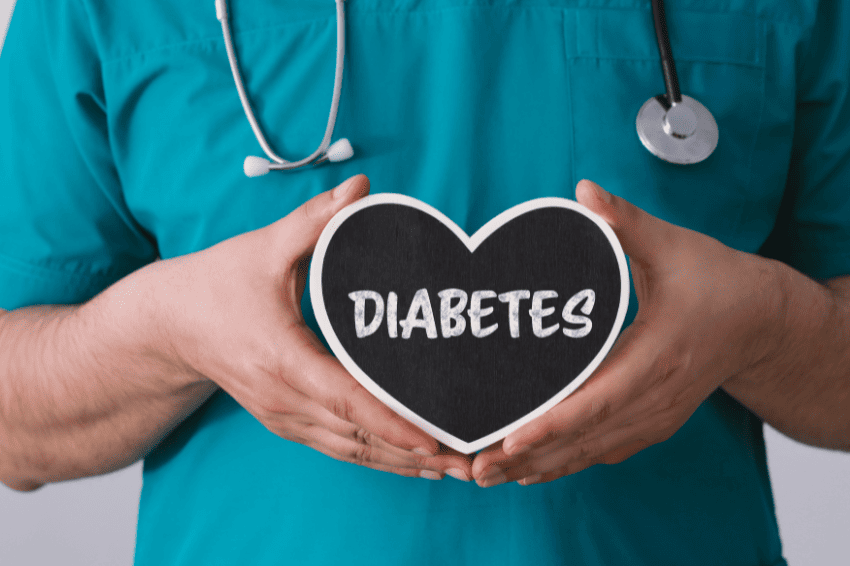



High blood sugar levels are a common concern for diabetics, often signaling that the body is struggling to manage glucose effectively. Recognizing symptoms of high blood sugar levels in diabetics early on can help prevent the development of more serious complications. If left untreated, high blood sugar can lead to complications such as kidney damage, nerve problems, and vision issues.
Symptoms like increased thirst, frequent urination, and constant fatigue are some of the first signs that something may be wrong. By catching these signs early, individuals can take steps to manage their blood sugar and improve their overall health.
Normal blood glucose levels vary throughout the day. A normal fasting blood sugar level is between 70-99 mg/dL, while a level of 140 mg/dL or lower is considered normal after eating. Keeping blood sugar within these ranges helps prevent the risk of insulin resistance and diabetes.
Healthy blood sugar levels depend on lifestyle factors, diet, and overall metabolic health. Individuals without diabetes generally maintain a fasting blood glucose level below 100 mg/dL. Those diagnosed with diabetes or prediabetes should work with their healthcare provider to establish a target range tailored to their condition.
Sudden spikes or drops in blood sugar levels can cause symptoms like dizziness, fatigue, and irritability. Long-term imbalances increase the risk of developing type 2 diabetes, cardiovascular disease, and other serious health conditions. Consistently high blood sugar levels can lead to insulin resistance, where the body’s cells become less responsive to insulin, causing further health complications.
When blood sugar levels become too high, the body responds with noticeable symptoms. Symptoms of high blood sugar levels in diabetics often include:
If you are experiencing any of the symptoms listed above, high blood sugar could be an early warning sign of diabetes. People with uncontrolled blood sugar levels over time may develop diabetes or insulin resistance, which can lead to long-term health issues. Monitoring your blood sugar regularly is crucial to detect the condition early and prevent further complications.
Hyperglycemia, also known as high blood sugar, occurs when glucose levels in the bloodstream are abnormally high.
One of the classic symptoms of hyperglycemia is increased thirst and frequent urination. These signs indicate that the body is struggling to manage the elevated glucose levels in the bloodstream, a condition that, if left unchecked, could escalate to more severe health concerns like kidney damage or diabetic neuropathy.
Women may experience additional symptoms when dealing with high blood sugar levels. Symptoms of high blood sugar in women can include:
If high blood sugar remains uncontrolled, it can lead to both short-term and long-term health concerns, including:
Recognizing the early warning signs of type 2 diabetes is essential for preventing complications. Some of the most common early symptoms include:
If you experience these symptoms, it’s important to consult a healthcare provider for further evaluation and testing. Type 2 diabetes develops gradually, and many individuals remain undiagnosed until they experience severe complications. Regular checkups and blood glucose monitoring can help detect diabetes in its early stages.
Keeping blood sugar levels in check can be achieved through healthy lifestyle choices:
Early detection and proactive management are key to maintaining optimal health and preventing complications related to diabetes. If you notice symptoms of high blood sugar or suspect you may have diabetes, consult a healthcare provider promptly.
At AIM Primary Care we offer comprehensive diabetes management solutions to help you stay in control of your health. Schedule an appointment today!
Disclaimer
This blog is for informational purposes only and should not replace professional medical advice. Always consult with a physician for personalized guidance.